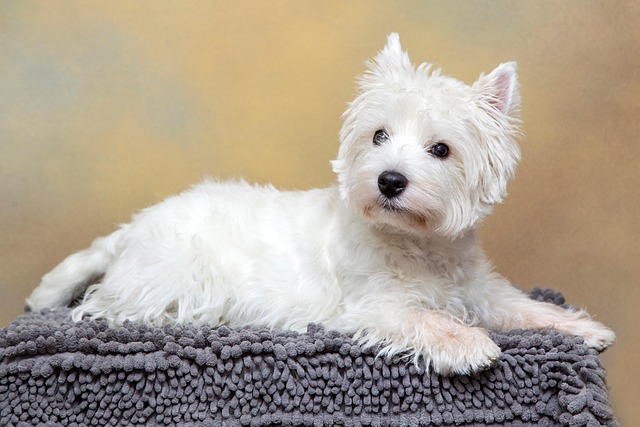
Will pumpkin help a dog pass obstruction?
When a dog that is usually lively and active suddenly loses its appetite, becomes listless, or even vomits frequently, every pet owner will be worried that it is intestinal obstruction, a "health killer".
In the world of our beloved dogs, obesity has become an increasingly common problem. Just like humans, overweight dogs can develop a series of health issues, including joint pain, diabetes, heart disease, and it can also reduce their quality of life. As responsible pet owners, it is our duty to help our furry friends shed those extra pounds and regain their vitality. But the question still remains: what is the best exercise for dogs to lose weight?
First of all, it is essential to understand that the ideal exercise for a dog's weight loss journey depends on several factors, such as their breed, age, overall health condition, and current fitness level. A one-size-fits-all approach simply doesn't work. However, there are several proven effective exercises that are beneficial for most overweight dogs.
One of the simplest and most effective forms of exercise for dogs is walking. A brisk walk not only gets the dog moving but also provides mental stimulation as they explore their surroundings. Start with short walks and gradually increase the distance and duration as the dog's endurance improves. Aim for at least 30 minutes to 1 hour of walking per day, and if necessary, break it into two or three sessions. Be sure to choose a comfortable pace for the dog and take breaks when needed. Walking on different terrains, such as grass, dirt paths, or gentle slopes, can also add variety and challenge to the exercise.
Another great option is running. For dogs with high energy levels and good cardiovascular health, running is an excellent way to burn calories. However, it is important to start slowly and build up the dog's endurance over time. Begin with short sprints or jogs and gradually increase the speed and distance. Pay attention to the dog's body language and stop if they show signs of fatigue or discomfort. Running is particularly suitable for breeds known for their athletic abilities, such as Labrador Retrievers, German Shepherds, and Border Collies.
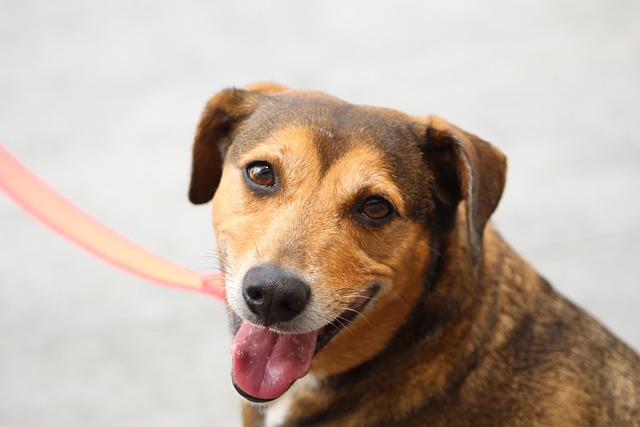 Swimming is a low-impact exercise that is gentle on a dog's joints, making it an ideal choice for overweight dogs or those with joint problems. The buoyancy of the water supports the dog's weight, providing a full-body workout while reducing the stress on their joints. Many dogs have a natural affinity for swimming, but if your dog is a beginner, start by letting them get used to shallow water and gradually encourage them to swim deeper. You can make the process more fun by using toys or treats. The swimming session can last from 15 to 30 minutes, depending on the dog's energy level.
Swimming is a low-impact exercise that is gentle on a dog's joints, making it an ideal choice for overweight dogs or those with joint problems. The buoyancy of the water supports the dog's weight, providing a full-body workout while reducing the stress on their joints. Many dogs have a natural affinity for swimming, but if your dog is a beginner, start by letting them get used to shallow water and gradually encourage them to swim deeper. You can make the process more fun by using toys or treats. The swimming session can last from 15 to 30 minutes, depending on the dog's energy level.
Playing fetch is a classic activity that combines exercise with play. It is a great way to get the dog running, jumping, and exercising its muscles. Choose an appropriate fetch toy, such as a ball or a frisbee, and find an open area where the dog can chase freely. Start by throwing the toy a short distance and gradually increase the distance as the dog gets more excited. Encourage the dog to bring the toy back to you each time and reward them with praise and treats. Fetch can be played indoors or outdoors, making it a convenient option regardless of the weather.
Agility training is not only fun and challenging for dogs but also helps improve their coordination, balance, and overall fitness. You can set up a simple agility course in your backyard using cones, tunnels, and obstacles. Teach the dog to navigate through these obstacles, starting with the easy ones and increasing the difficulty as their skills improve. Agility training not only gives the dog a good workout but also strengthens the bond and communication between you and your dog.
For small dogs, due to their limited size and exercise capacity, some low-intensity but equally effective exercises are more suitable. For example, indoor treasure hunts, where you can hide your dog's favorite treats or toys in different places around the house and let them search for them. This not only exercises the dog's sense of smell but also gets them moving around during the search. In addition, using a small pet exercise ball and letting the dog push the ball with its nose or paws can also have a certain exercise effect.
Medium-sized dogs can try a more diverse range of exercises. In addition to the previously mentioned walking, running, etc., you can take them to an open park to play frisbee or participate in some fun competition events in dog social activities, which can allow them to get enough exercise while socializing.
Large dogs usually require more extensive exercise to burn off their energy and lose weight. In addition to regular running and swimming, activities like cart pulling are also suitable for them. In a safe environment, let the dog pull a cart with a certain weight, which can effectively exercise their muscle strength and endurance.
During the process of a dog losing weight through exercise, the company of the owner is crucial. Dogs enjoy spending time with their owners, and the owner's encouragement and praise will make them more actively participate in the exercise. After each exercise session, give the dog some gentle strokes and compliments to let them know they have done a great job. At the same time, pay attention to observing the dog's physical condition, and properly hydrate the dog before and after exercise to avoid affecting its health due to dehydration.
In conclusion, there is no single best exercise for dogs to lose weight. Instead, it is necessary to choose the appropriate exercise method according to the individual differences of the dog and stick to it consistently. Through reasonable exercise, our dogs can not only shed those extra pounds but also enjoy a healthier and happier life and stay with us for a longer time. Let's take action, accompany our dogs on their healthy weight loss journey, and enjoy the wonderful time brought by exercise together.

When a dog that is usually lively and active suddenly loses its appetite, becomes listless, or even vomits frequently, every pet owner will be worried that it is intestinal obstruction, a "health killer".
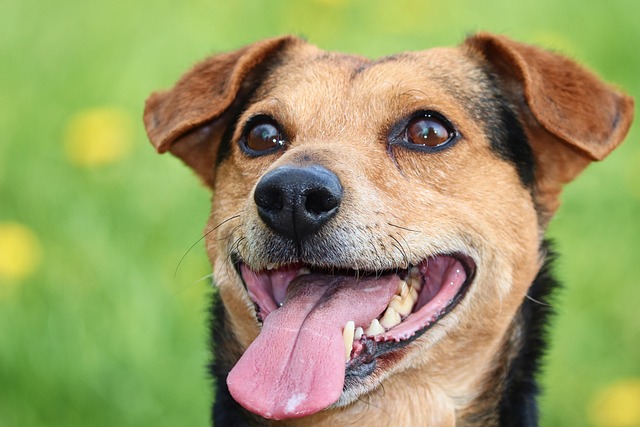
When we caress the furry ears of dogs and enjoy the warm moments of cuddling up with each other, our hearts are filled with happiness.
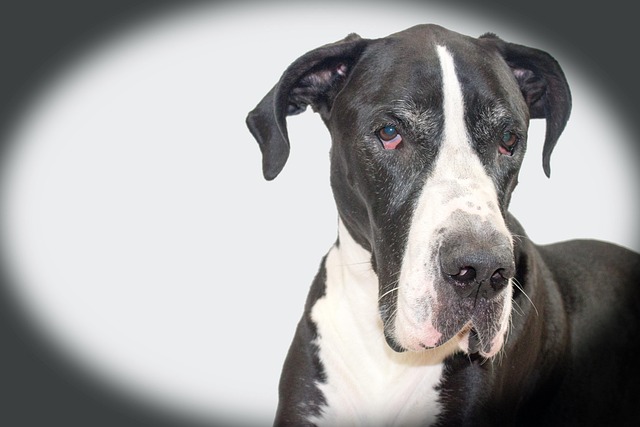
When we see the dog frequently shaking its head, scratching its ears, and even having red and swollen ears with an unpleasant smell,
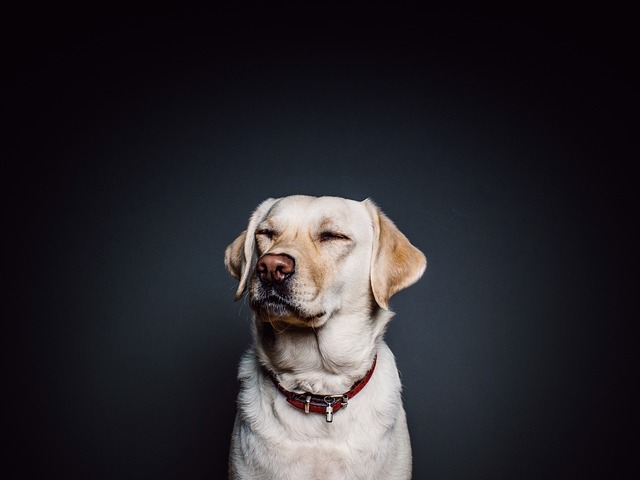
When we pick up the scissors and prepare to trim the hair of our furry babies at home, we are full of expectations and a little nervous. Looking at the trusting eyes of the dogs, we all hope to create a comfortable and beautiful look for them.
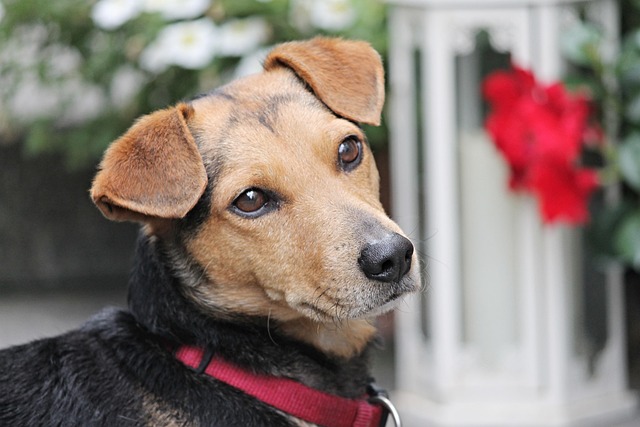
When the dog was found squatting in the corner, struggling hard but unable to excrete feces, its lively eyes were filled with discomfort and helplessness,

Watching the dog lying weakly on the ground due to diarrhea and vomiting, with its originally lively eyes losing their luster, every owner's heart feels as if it's being tightly gripped.